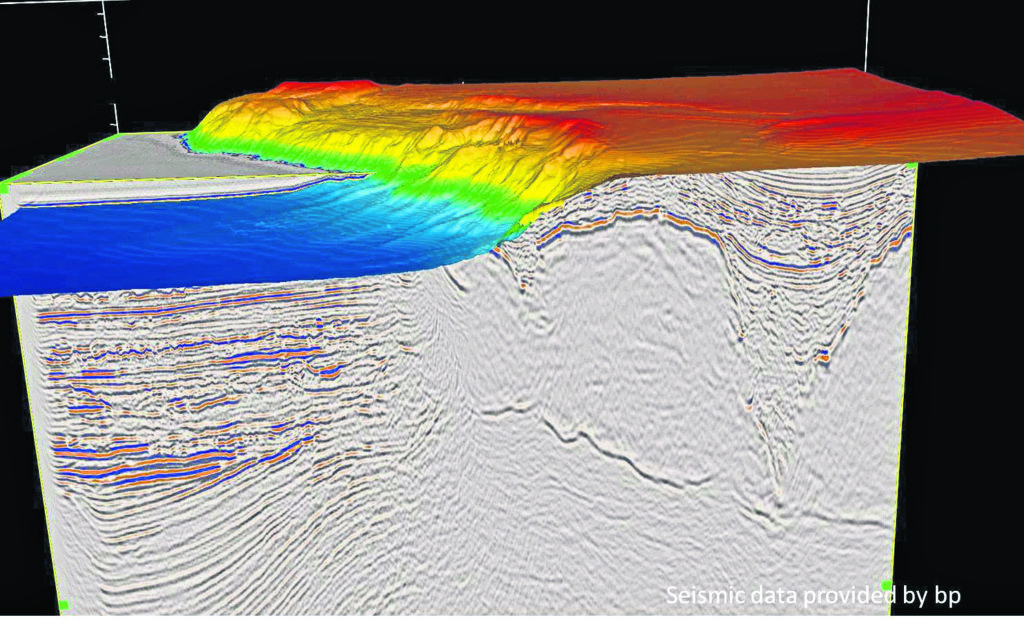
I think it’s not unreasonable to say that for oil and gas the two innovations that have had the most impact are horizontal drilling and 3D seismic.
Nothing else I can think of has made such a huge difference to the industry, although I’d perhaps argue that vessel dynamic positioning has been a major enabler of a whole range of offshore operations once thought impossible.
In the same vein the development of photo voltaic (solar) and wind turbines have led to the huge growth in the generation of renewable electricity.
These technologies are now “mainstream” and the rapid increase in their use has led to a sharp decrease in the cost of the electricity they produce.
However, the R&D that led to all these technologies being introduced was done very much on an “ad-hoc” basis whereas current thinking about the innovation process recommends it should have an overall purpose.
Professor Mariana Mazzucato, director of the Institute for Innovation and Public Purpose at University College London, talks about “Mission Orientated Innovation”.
It’s a good way of describing how to get more bang for your research buck but it’s also a way of focusing on what she refers to as “problem-specific societal challenges” which need different sectors and science/engineering branches to interact to solve.
In a way this reminds me of the large scale “managed programmes” of R&D I used to run in the 1990s which involved different research groups, a range of companies and funding sources. We’d pick a broad topic that needed dealing with and invite proposals that could contribute to solving the issues.
It worked because the Managed Programme topic provided a focus.
Clearly, today’s “mission” should be how to deal with climate change. Recent high temperatures in this country and others have raised fears among climate scientists and others including economists that this may not just become the norm but that we may now be heading towards a tipping point in terms of runaway climate change.
Nothing else currently comes close to being the biggest threat to mankind. Most governments – with the exception of the US – understand this. Sadly, US President Donald Trump doesn’t appear to believe in climate change and, having withdrawn the US from the Paris climate change agreement, is now attempting to roll back US laws on vehicle emissions standards.
That said, a large amount of innovation in energy technologies is still being carried out in the US and is supported by the US Government and its financial sector.
They are spectacularly active in areas such as fuel cells and hydrogen production and their materials science work in relation to that is making a lot of progress.
I’ve said before that the lack of work in this area and other renewables R&D in Scotland is something we should really be worried about especially because we are still pouring a lot of money – in UK terms – into oil and gas R&D.
The mission for Scotland should be to reduce the burning of hydrocarbons to zero by 2030. To achieve that requires a major change in emphasis.
At the moment we see oil and gas as the most important industry we have. It probably is, economically, and that needn’t change provided that we change what we use it for. In short, it now has to become a provider of feedstock for the petrochemical industry, not energy.
The funding oil and gas gets to support innovation has to be switched to zero carbon technologies. Just like Norway we have to create the means to move to that world of zero hydrocarbon burning.
The technologies we have to create and integrate are numerous but will lead to new businesses and new export opportunities.
We can’t do everything so we need to be very selective because, as Prof Mazzucato also points out, for mission orientated innovation to be successful it must attract
co-investment to enable the sharing of risks and reward.
We have the bones of a vision of what the energy sector should look like and the skills to build it but what concerns me is whether we actually have the courage and determination to carry it through especially as it will involve ruffling a lot of feathers.
Recommended for you
